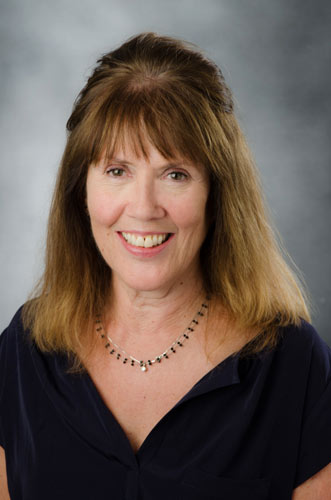When it Comes to Recognizing a Stroke, B.E. F.A.S.T.

 May is National Stroke Awareness Month — a good time to refresh our knowledge about how to protect ourselves, friends and family from the often devastating effects of a stroke.
May is National Stroke Awareness Month — a good time to refresh our knowledge about how to protect ourselves, friends and family from the often devastating effects of a stroke.
- Each year, about 795,000 people experience a new or recurrent stroke. Approximately 610,000 of these are first attacks, and 185,000 are recurrent attacks.
- Someone in the US has a stroke about once every 40 seconds.
- Stroke accounts for 1 of every 19 deaths in the US.
- Stroke ranks No. 5 among all causes of death in the US, killing nearly 133,000 people a year.
- Stroke is a leading cause of serious long-term disability in the US.
- Stroke is the second leading cause of death in the world.
In getting help for someone having a stroke, there is literally no time to waste. Every second that a stroke goes untreated, 30,000 brain cells die. Unlike many other health conditions, where it is possible to “wait and see” when symptoms appear or call the doctor’s office in the morning, stroke must be treated as a true medical emergency. The longer a stroke victim waits to go to the emergency room, the lower their chance of a satisfactory recovery.
The most important part of getting timely treatment for a stroke is to know and understand the warning signs as described by the B.E. F.A.S.T. acronym —sudden onset of a droopy face on one side, weakness of the arm or leg on one side of the body, inability to speak, and no time to waste in getting help.
Stroke care for patients with these symptoms, especially the timely administration of clot-busting drugs, has saved many lives from crippling disabilities. However, not all stroke patients have been so lucky, especially those who didn’t recognize the traditional warning signs and who came to the emergency room or doctor outside of the treatment window for medication or clot removal mechanisms. Their symptoms are often less typical: a loss of balance or sudden onset of vision problems which may indicate that a clot has formed in one of the tiny blood vessels deep in the brain.
The advanced imaging tools we currently have allows us to see and understand much more about what is happening inside the brain when a stroke occurs. The F.A.S.T. acronym has been updated to include additional symptoms involving balance and vision. The new lifesaving acronym is B.E. F.A.S.T.
- B - Balance: Watch for a sudden loss of balance. Is the person leaning to one side or staggering when walking?
- E - Eyes: Is there a sudden loss of vision in one or both eyes? Double vision that doesn't go away when you blink your eyes. No side vision or vision above midline?
- F - Face: Ask the person to smile or stick out their tongue. Is the smile uneven, is the tongue deviated to one side or does one side of the face droop? A bit of drooling out of that side of the face may be present.
- A - Arms: Ask the person to raise both arms. Does one arm drift downward? Is there sudden loss of coordination, numbness, weakness of that arm? For example, is the person suddenly unable to pick up a coffee cup or get it to his or her mouth? Does the arm or leg feel numb, or do they want to shake it all the time to wake it up like it's asleep.
- S - Speech: Sudden difficulty in speaking or understanding. Can the person repeat a simple phrase? Does the speech sound slurred/strange/garbled? Does the person say he or she has a thick tongue or have difficulty swallowing?
- T - Time: What do you do if you observe any of these signs in yourself or in someone you are with? Call 911; do not drive the person to the local emergency room. By contacting EMS, assessment and treatment can be started prior to arrival to the Emergency Department and time (brain) is saved. If known, note the time the patient was last seen well and give this information to emergency personnel along with any information you may have regarding the persons current medications. This will help determine what treatment the person is eligible for.
Be informed, be vigilant, and if you think you or someone else might be having a stroke, BE FAST - call 911! Your quick response could save a life.
MarinHealth Medical Center is a designated Primary Stroke Center, providing the community with a complete spectrum of care, from prevention education to timely and effective stroke treatment of ischemic and hemorrhagic stroke. The hospital’s stroke program has also been awarded the American Heart Association/American Stroke Association’s Gold Plus Quality Achievement Award and was named among the top 10% of hospitals in the country for stroke care by HealthGrades.
